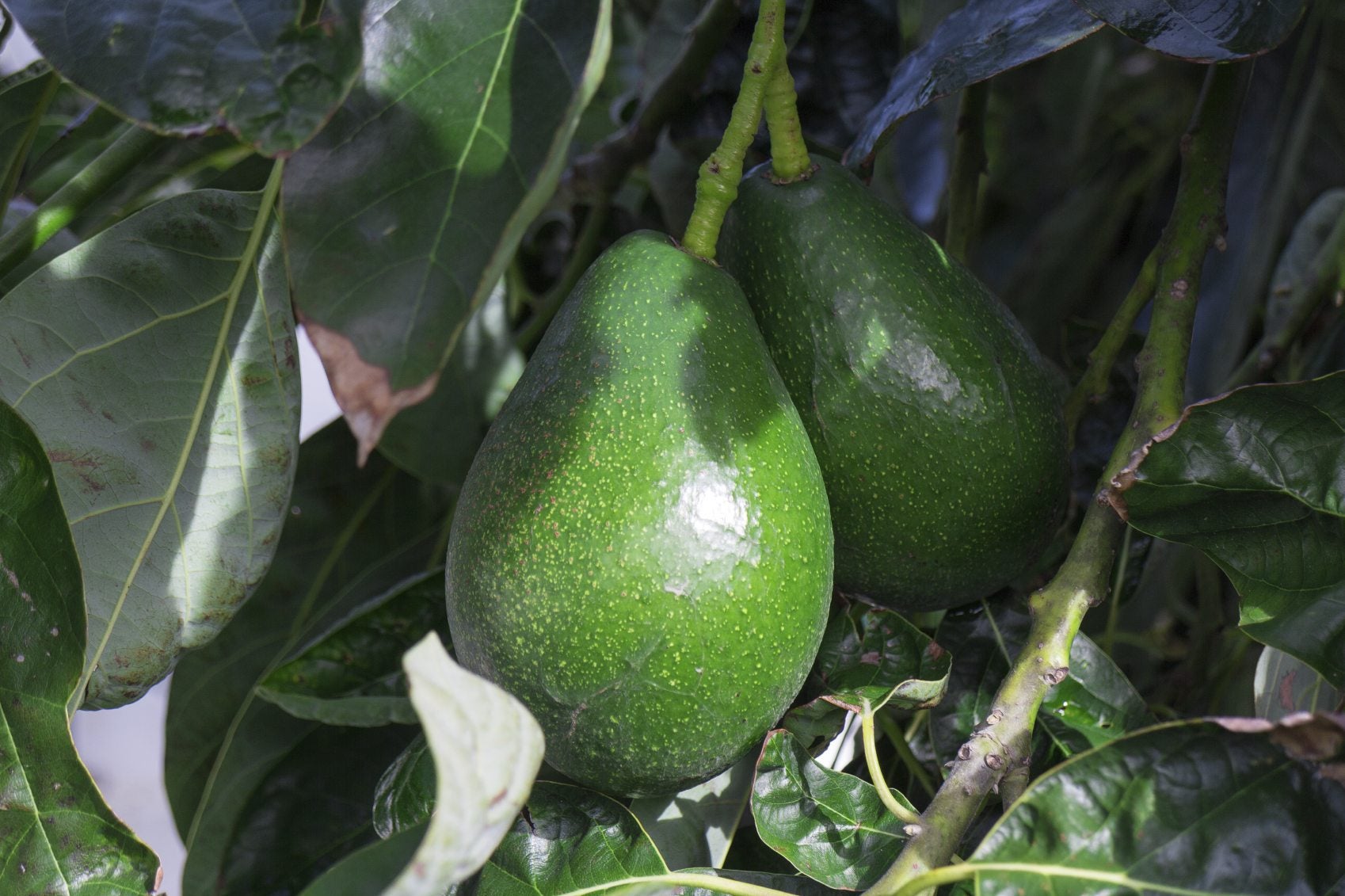Avocado Tree Fertilizer: How To Fertilize Avocados

For those of you lucky enough to include an avocado tree in the garden landscape, my guess is that it is included because you want to sink your teeth into some of the silky delectable fruit. Fertilizing avocado trees, along with general care and proper planting, will give you the best chance of an abundant and healthy crop of fruit. The question is how to fertilize avocados?
Avocado Fertilizer Requirements
What are avocado fertilizer requirements? The feeding of avocado plants is determined by the soil composition. That is, we fertilize to make up for any nutritional deficiencies in the soil, not to directly feed the tree with its nutrient requirements.
Avocados need nitrogen, first and foremost, and a little zinc. You can use a citrus tree fertilizer as an avocado fertilizer or go organic and use compost, coffee, fish emulsion, etc. Avocados are hardy in USDA zones 9b to 11 and in those regions soil is generally sufficiently nutrient rich to support an avocado.
That said, some avocado tree fertilizer is recommended since as the tree matures its nutritional needs change and the soil nutrient levels become reduced. You can minimize feeding avocado plants by properly planting them. Proper planting and general care will set you up for a healthy tree that requires little additional care as it matures.
Avocados are shallow rooted trees with most of their feeder roots at the top 6 inches (15 cm.) or so of soil. Because of this, they need to be planted in well aerated soil. Trees should be planted in spring when soil temps have warmed and in an area protected from wind and frost.
Also, keep your avocado away from any areas of lawn where competition for nitrogen may keep the tree from uptaking enough of that nutrient. Using a soil test kit, check the soil. It should be at a pH of 7 or below. If the soil is alkaline, amend the soil with organic matter, like sphagnum moss. For each 2 ½ pounds (1.1 kg.) of peat moss added to 1 square yard (1 square m.) of soil, the soil pH lowers by one unit. Select a full sun site and dig a hole as deep as the root ball and a little wider. Gently ease the tree into the hole.
If the tree is root bound, loosen the soil and lightly clip the roots. Fill in with soil. Mulch around the tree with coarse yard mulch (redwood bark, cocoa bean husks, shredded tree bark) at the rate of 1/3 cubic yard (.25 cubic m.) per tree. Be sure to stay 6-8 inches (15-20 cm.) away from the trunk of the tree.
Gardening tips, videos, info and more delivered right to your inbox!
Sign up for the Gardening Know How newsletter today and receive a free copy of our e-book "How to Grow Delicious Tomatoes".
Water the new tree in well. New trees can hold about 2 gallons (7.8 L.) of water at planting. Water 2-3 times a week depending upon the weather but allow the soil to dry out somewhat between watering. Outside suitable growing zones, these plants can be grown indoors in containers.
How to Fertilize Avocados
Fertilizing new avocado trees should occur three times in the first year – once in spring, once in summer and again in fall. When the tree becomes dormant in late autumn, cease feeding.
How much should you be feeding avocado plants? One tablespoon of nitrogen broadcast over the soil around the tree. Water the fertilizer in with a deep watering. The process for fertilizing avocado trees changes as they mature since they have changing nutritional needs. Continue to apply nitrogen, but in the tree’s second year, increase the amount of nitrogen fertilizer to ¼ pound (.1 L.) divided into three applications. In its third year, the tree will need ½ pound (.2 L.) of nitrogen and so on.
As the tree grows, increase the amount of nitrogen by ¼ pound (.1 L.) for each year of life divided into three applications. There is no need to fertilize the tree any more than this; in fact, it might harm the tree.
If you had found that you had alkaline soil, the addition of peat moss will take some time to regulate the pH. So you will need to supplement with chelated iron. An iron deficiency should be patently obvious; the newest leaves will have green veins and yellow margins.
Overall, no special avocado tree fertilizer is needed. A general use home fertilizer should work just fine. If it doesn’t contain zinc, you may wish to feed the tree with some zinc once a year. Keep the feeding to a minimum. Keep an eye on your tree for any other signs of distress such as disease and/or pests and treat immediately. Follow all of the above and you’ll be making guacamole in no time.

Amy Grant has been gardening for 30 years and writing for 15. A professional chef and caterer, Amy's area of expertise is culinary gardening.
-
 Looking For Plants To Give You The Soft And Fuzzies? Try These 5 Fuzzy Leaf Plant Options
Looking For Plants To Give You The Soft And Fuzzies? Try These 5 Fuzzy Leaf Plant OptionsLovers of texture, drama, silver foliage and tactile plants will adore these special sensory garden additions. These fuzzy leaf plant options will leave you all aglow
By Susan Albert
-
 Get Ready For A Summer Of Hummers! Grow These Full Sun Hummingbird Plants and Flowers
Get Ready For A Summer Of Hummers! Grow These Full Sun Hummingbird Plants and FlowersIf you’re lucky enough to enjoy a sunny backyard, make sure you are maxing out on your pollinator opportunities and grow these full sun hummingbird plants and flowers
By Tonya Barnett